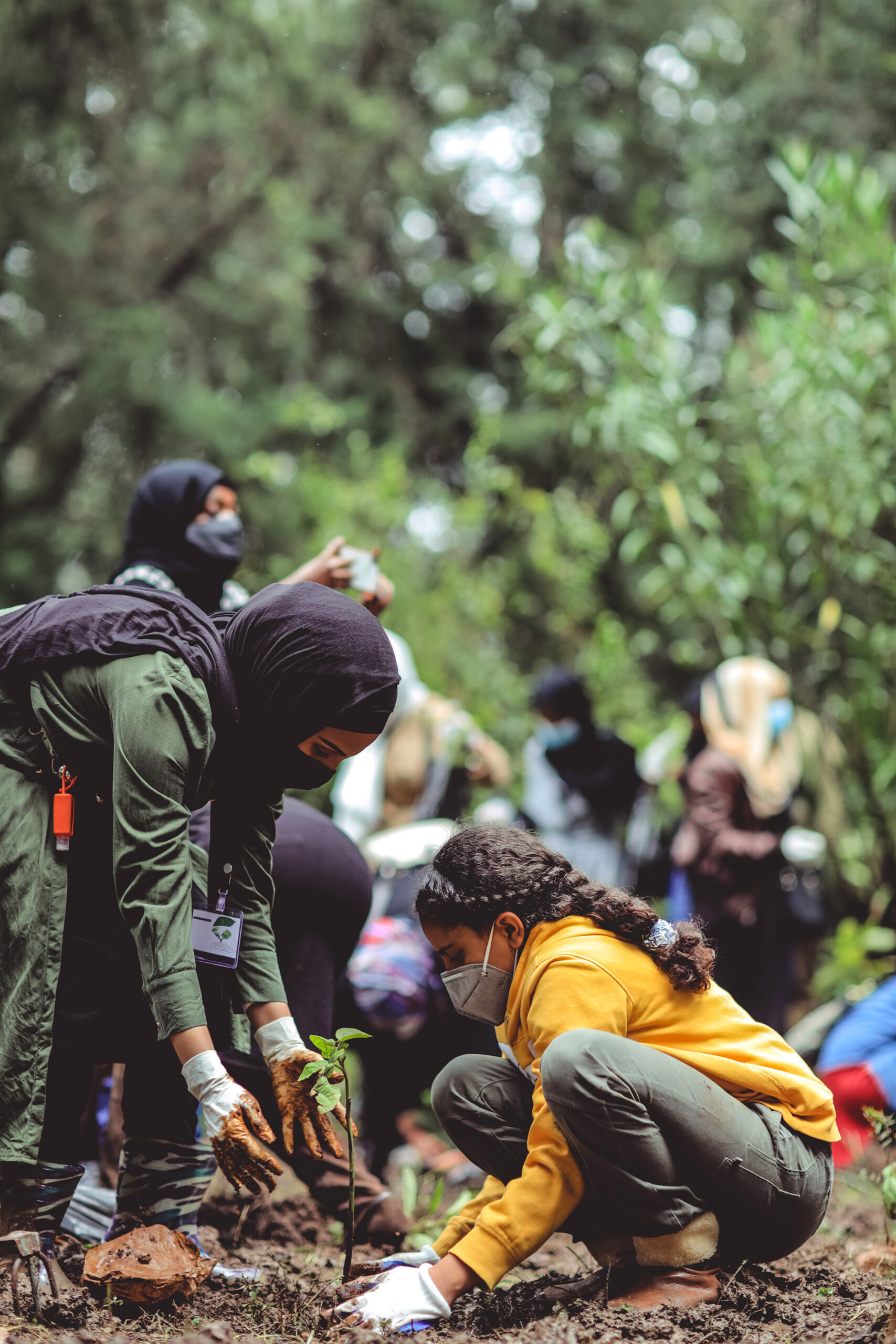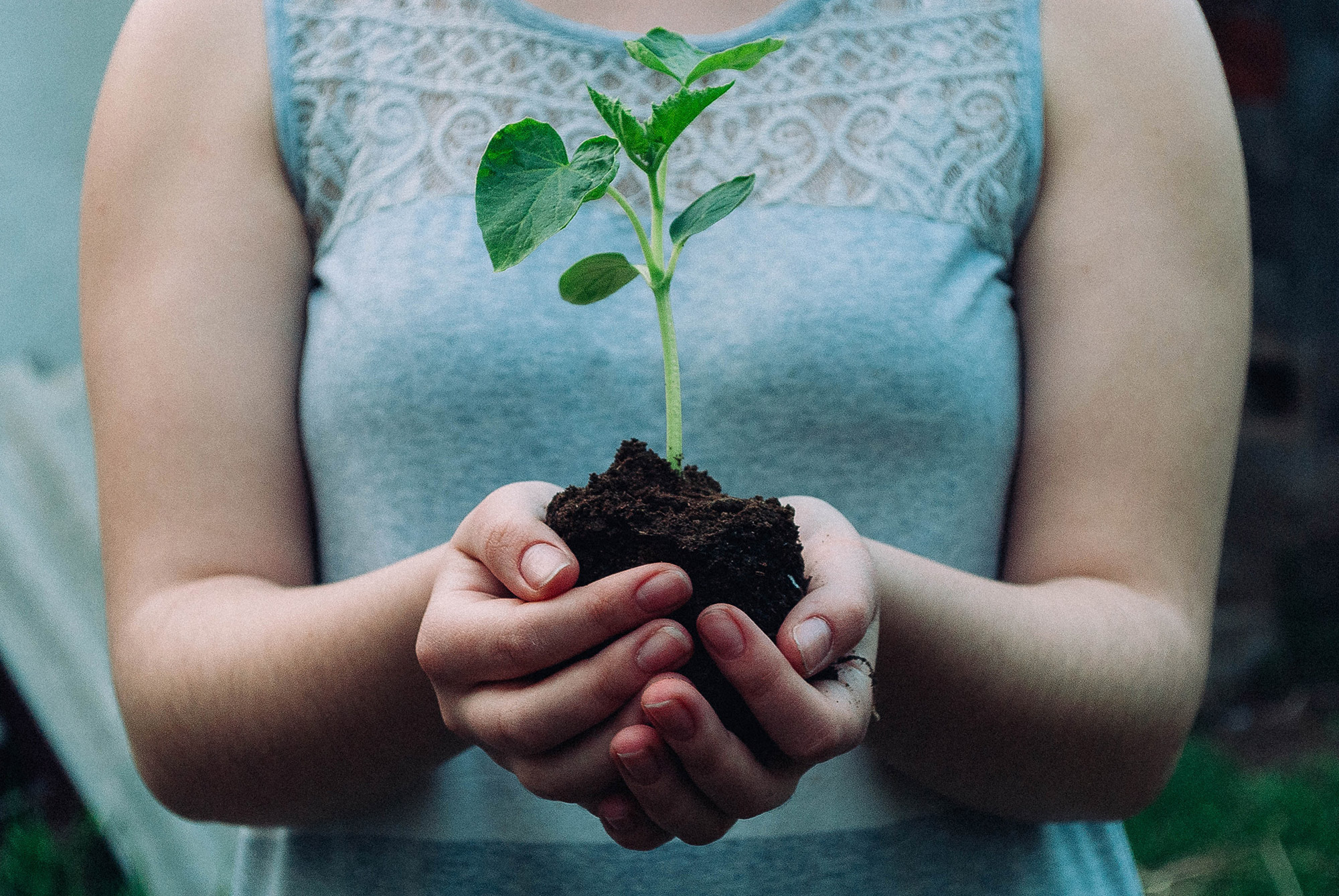
Forest conservation and stewardship are important, but don’t go far enough. That’s why The Million Tree Project is mostly about—you guessed it!—planting trees. An average Canadian produces 19.7 tonnes of CO2 emissions each year. Each year, an average Canadian tree absorbs about 10.3 kg of CO2. But don’t let that discourage you: planting even a single tree will make a difference.
Science Rendezvous is hosting registered planting opportunities across the country, and events in your area can be arranged on request. Interested in volunteering to join or lead an event? Visit us on Facebook or our website (bit.ly/3mzNxlm) for a list of scheduled plantings, or email us at info@sciencerendezvous.org.
Ongoing COVID-19 restrictions may limit group planting opportunities. Not to worry! There are lots of ways to plant trees on your own. First, decide whether you’d like to plant on your own property or on public land. Many towns and provinces offer incentives for tree planting on public property.
Next, decide whether you want to purchase your tree(s) from a local greenhouse, garden centre, or nursery. If not, no problem. There are free and inexpensive sources of seeds, seedlings, and saplings, too. Let us know your plans: we can assist or provide more information.
Collect Your Own Tree Seeds
One free way to plant a tree is by collecting your own seeds. Picking tree seeds off of the ground is quick and easy, but it might not lead to a successful planting. That’s because fallen seeds have often been munched on by insects or fungi… or are simply too old to sprout. A better way to collect seeds is to get shaking!
- Pick a strong, healthy looking tree and wait until autumn, when seeds are ripe.
- Use a rake to clear the ground under the tree, or spread out a blanket or tarp. This makes the seeds easier to find.
- Grasp the trunk or low hanging branches and shake, shake, shake! Not too hard – you want to loosen the seeds without damaging the tree. For higher branches, try using a stick or pruning pole.
- Check the seeds for quality. Whole, plump seeds are most likely to sprout.
- Plant your seeds before the ground freezes. If you have to wait for spring, find out whether your seeds require stratification—a process that mimics the winter conditions tree seeds experience in nature. Visit Agriculture and Agri-Food Canada at bit.ly/2JimTit to learn more.














































